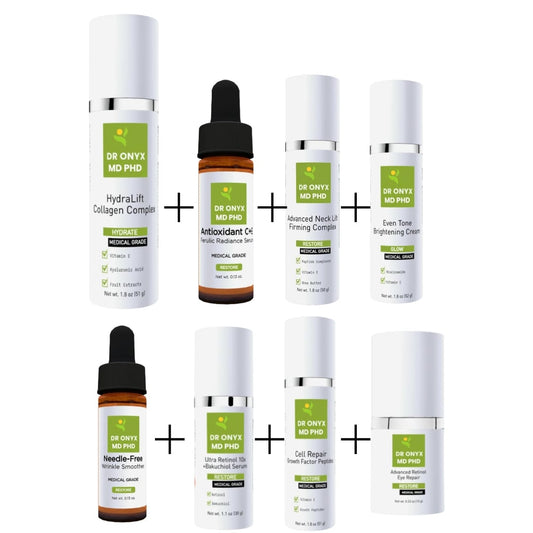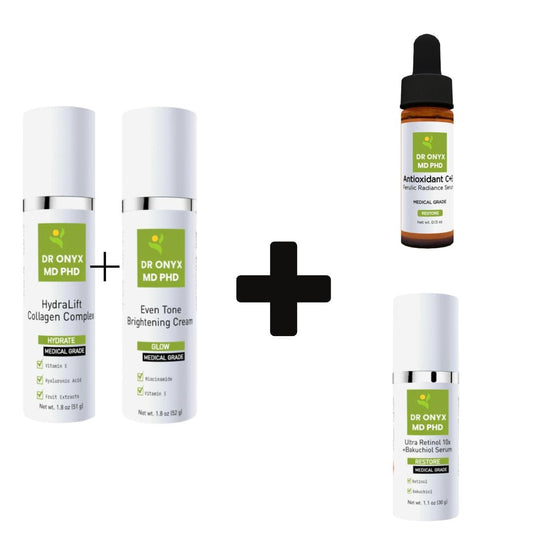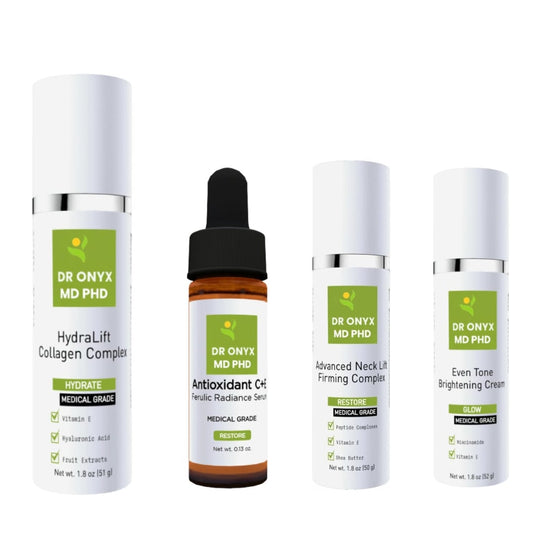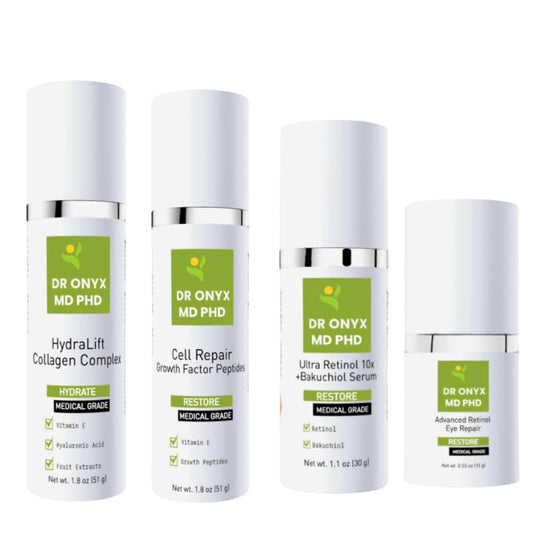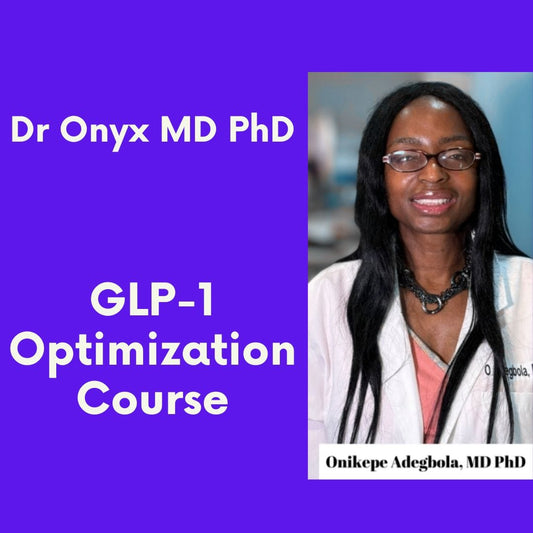How to Inject GLP-1: A Step-by-Step Guide for Safe Administration
GLP-1 receptor agonists have revolutionized the treatment of type 2 diabetes and weight management. Medications like Ozempic, Wegovy, Mounjaro, and Zepbound have become household names, helping millions of people manage their health conditions. However, for many patients, the prospect of self-administering injections can be intimidating. This comprehensive guide aims to demystify the process of injecting GLP-1 medications, providing clear instructions to ensure safe and effective administration.
Understanding GLP-1 Medications
GLP-1 (Glucagon-Like Peptide-1) receptor agonists work by mimicking the action of the naturally occurring GLP-1 hormone in your body. These medications help regulate blood sugar levels by stimulating insulin secretion, suppressing glucagon release, slowing gastric emptying, and reducing appetite. Unlike insulin, GLP-1 medications only trigger insulin release when blood glucose levels are elevated, reducing the risk of hypoglycemia.
Common GLP-1 medications include semaglutide (Ozempic, Wegovy, Rybelsus), dulaglutide (Trulicity), liraglutide (Victoza, Saxenda), and tirzepatide (Mounjaro, Zepbound). Most of these medications come in pre-filled, disposable injection pens designed for once-weekly or once-daily administration, depending on the specific medication prescribed.
Benefits of GLP-1 Medications
GLP-1 receptor agonists offer numerous benefits beyond blood sugar control. Clinical studies have shown that these medications can lead to significant weight loss, reduce cardiovascular risk factors, and improve overall metabolic health. For many patients with type 2 diabetes or obesity, GLP-1 medications represent a breakthrough treatment option that addresses multiple aspects of their condition simultaneously.
The convenience of once-weekly dosing (for medications like Ozempic, Wegovy, Trulicity, and Mounjaro) has also improved medication adherence compared to treatments requiring multiple daily injections. This simplified regimen makes it easier for patients to incorporate treatment into their busy lives.
Preparing for Your GLP-1 Injection
Proper preparation is essential for a safe and comfortable injection experience. Before you begin, gather all necessary supplies and create a clean, well-lit workspace. This thoughtful preparation will help reduce anxiety and ensure you don't miss any important steps in the process.
Gathering Your Supplies
Before administering your GLP-1 injection, collect the following items:
• Your prescribed GLP-1 medication pen
• A new, unused pen needle (typically provided with your medication)
• Alcohol swab or cotton ball with rubbing alcohol
• Sharps disposal container (never dispose of used needles in regular trash)
• Clean paper towel or surface to place your supplies
• Optional: Band-Aid if you tend to bleed after injections
Checking Your Medication
Always inspect your medication before use. Check the expiration date on your pen and ensure the liquid inside is clear and colorless to slightly yellow (appearance may vary slightly depending on the specific medication). If the solution appears cloudy, discolored, or contains particles, do not use it and contact your healthcare provider immediately.
If you're using a new pen, you may need to store it in the refrigerator until first use. Most GLP-1 pens can be kept at room temperature for a specific period after first use (typically 28-56 days, depending on the medication). Always follow the storage instructions provided with your specific medication.
Selecting an Injection Site
GLP-1 medications are designed for subcutaneous injection, meaning they should be injected into the fatty tissue just beneath the skin. Recommended injection sites include:
• Abdomen (stomach area), staying at least two inches away from your navel
• Thigh (front or outer part of the upper leg)
• Upper arm (back of the arm in the fatty area)
• Some medications may also be injected in the buttocks (check your specific medication guidelines)
It's important to rotate injection sites with each dose to prevent lipohypertrophy (thickened, lumpy skin) that can develop from repeatedly injecting in the same spot. Consider keeping a simple log of injection sites to help you track rotation.
Step-by-Step Injection Technique
Following a systematic approach to injection will help ensure you administer your medication correctly and minimize discomfort. While specific instructions may vary slightly between different GLP-1 medications, the following steps provide a general guide for most pen-based GLP-1 injections.
Preparing the Pen
Start by washing your hands thoroughly with soap and water to reduce the risk of infection. Remove the pen cap and, if using a new pen, check if you need to prime it first (refer to your specific medication instructions). Some pens require you to perform a "flow check" before first use to ensure proper functioning.
Next, attach a new needle by removing the protective tab from the needle and screwing it clockwise onto the pen tip until secure. Remove both the outer and inner needle caps, being careful not to touch the needle itself. Some pens require you to dial to your prescribed dose at this point, while others have fixed doses.
Administering the Injection
Clean the selected injection site with an alcohol swab and allow it to dry completely. Pinch a fold of skin at the cleaned site between your thumb and forefinger to elevate the subcutaneous tissue. This "pinch-up" technique helps ensure the medication is delivered to the fatty layer beneath the skin rather than into muscle.
Hold the pen like a dart, with the needle perpendicular (90-degree angle) to your skin. If you have very little subcutaneous fat or are using a longer needle, your healthcare provider might recommend a 45-degree angle instead. Insert the needle completely into the pinched skin fold with a quick, confident motion.
Once the needle is inserted, press the injection button completely and hold it down while counting slowly to 10 (or as directed for your specific medication). This ensures that the full dose is delivered and absorbed properly. Release the injection button, then remove the needle from your skin. You may apply gentle pressure to the injection site with a clean cotton ball if needed, but avoid rubbing the area.
After the Injection
Carefully remove the needle from the pen by screwing it counterclockwise, and dispose of it immediately in your sharps container. Never reuse needles, as this increases the risk of infection and can cause painful injections due to dulled needles. Replace the pen cap and store according to the medication's instructions.
If you notice a small drop of blood at the injection site, apply gentle pressure with a clean tissue or cotton ball. This is normal and typically stops quickly. If you experience persistent bleeding, bruising, or swelling, contact your healthcare provider.
Troubleshooting Common Issues
Even with careful technique, you might occasionally encounter challenges when administering GLP-1 injections. Understanding how to address these common issues can help you maintain consistent treatment and minimize discomfort.
Dealing with Injection Anxiety
Many people experience anxiety about self-injections, especially when first starting treatment. If you're nervous about injecting, try these strategies: practice with your healthcare provider until you feel confident; use distraction techniques like deep breathing or listening to music during injection; consider using an injection aid if available for your medication; and remind yourself that the discomfort is momentary but the health benefits are substantial.
Some patients find it helpful to apply ice to the injection site for 30-60 seconds before injecting to numb the area slightly. However, this may not be necessary as the thin needles used for GLP-1 injections typically cause minimal discomfort.
Addressing Technical Difficulties
If you encounter issues with your pen not delivering medication properly, first check that you've removed both needle caps and properly attached the needle. Ensure you're pressing the injection button completely and holding for the recommended count. If you see liquid leaking from the needle after injection, you may not have held the button down long enough or removed the pen too quickly.
For dose-setting pens, verify you've dialed the correct dose before injecting. If your pen appears damaged or malfunctioning, do not attempt to use it – contact your healthcare provider or the manufacturer for guidance.
Managing Side Effects
GLP-1 medications can cause side effects, particularly when first starting treatment or when increasing doses. Understanding and properly managing these effects is crucial for successful long-term treatment.
Common GLP-1 Side Effects
The most common side effects of GLP-1 medications include nausea, vomiting, diarrhea, constipation, and decreased appetite. These gastrointestinal effects typically improve over time as your body adjusts to the medication. To minimize these effects, eat smaller, more frequent meals; avoid fatty or spicy foods that might aggravate symptoms; stay well-hydrated; and follow your healthcare provider's recommendations for dose titration.
Some patients may experience injection site reactions such as redness, itching, or swelling. These reactions are usually mild and temporary. Proper injection technique, including site rotation and allowing alcohol to dry completely before injecting, can help minimize these reactions.
When to Contact Your Healthcare Provider
While most side effects of GLP-1 medications are manageable, certain symptoms warrant immediate medical attention. Contact your healthcare provider if you experience severe or persistent nausea/vomiting that prevents adequate hydration; signs of allergic reaction (rash, itching, swelling of face/throat, difficulty breathing); severe abdominal pain, especially if accompanied by vomiting; or symptoms of hypoglycemia (if you're also taking insulin or sulfonylureas).
Additionally, seek medical advice if you develop symptoms of pancreatitis (severe abdominal pain that may radiate to your back, with or without vomiting) or if you notice any unusual or concerning symptoms after starting or changing your GLP-1 medication.
Regular Follow-up Care
Maintaining regular appointments with your healthcare team is essential when using GLP-1 medications. These visits allow your provider to monitor your response to treatment, adjust dosages if needed, and address any concerns. Bring your medication log and any questions to these appointments to ensure you're getting the most benefit from your treatment.
Remember that GLP-1 medications work best as part of a comprehensive approach to health that includes appropriate dietary choices, regular physical activity, and other lifestyle modifications recommended by your healthcare team. Your injection technique is just one component of your overall treatment plan.





